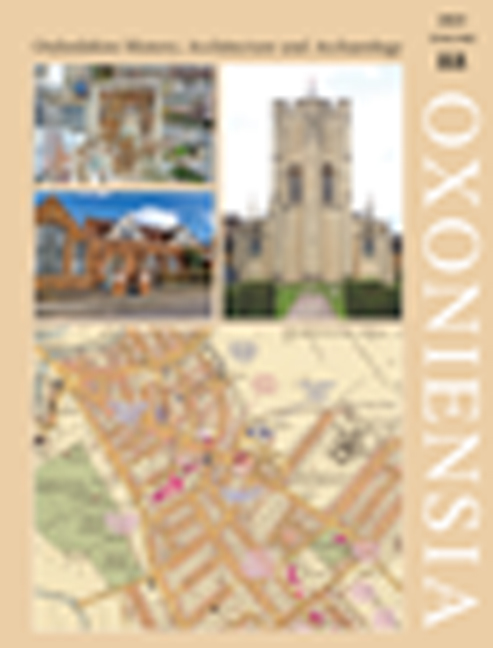Excavation of Late Neolithic and Early Iron Age Settlement at Highworth Road, Faringdon
Published online by Cambridge University Press: 15 May 2024
Summary
SUMMARY
Archaeological excavation at Highworth Road revealed two areas of occupation with pits and postholes including one post-built rectangular building of late Neolithic date and two round houses of the early and middle Iron Age with simpler associated structures. The chronology of the site is supported by five radiocarbon dates. A few struck flints of Mesolithic and later date, an isolated middle Bronze Age pit, and a few sherds of Roman pottery were also recorded.
An archaeological excavation was carried out between November 2020 and January 2021 by Thames Valley Archaeological Services (TVAS) to the south of Highworth Road, Faringdon (SU 2780 9473). The site lay at the south-west margin of the town of Faringdon, on the Corallian Ridge which runs east–west and divides the Oxford Clay basin (Fig. 1). The site itself was located in two parcels of arable land on the south side of Highworth Road, with residential development to the east and arable land to the south and west. The topography of the site rises to a ridge at a height of 136 m above Ordnance Datum with the land sloping down both to the north (124 m above OD) towards the course of the river Thames and to the south (126 m above OD). The whole development covered c.8.4 ha within which only two small areas were to be investigated, covering a total of 0.5 ha. The underlying geology is Ampthill Clay in Area B and part of Area A, though in the northern half of Area A the geology consisted of silty sand and gravel.
ARCHAEOLOGICAL BACKGROUND
A fieldwalking and aerial photographic survey of the area undertaken by Hingley in 1980 concluded that the Corallian ridge was just as densely occupied in early periods as the gravels of the Thames valley. Neolithic flint scatters and Bronze Age sites recorded in this survey showed a higher volume of occupation than originally expected. Further survey work to the west of the site recorded additional flint scatters.
To the west and south of Highworth Road the land rises to two hilltops, with a hillfort at the top of each: Badbury Hill 2 km to the west, and Little Coxwell Camp 2 km to the south. Frequent cropmarks recorded in the area surrounding these suggest a series of field systems and isolated finds of Iron Age and Roman dates are also frequently recorded in the area.
- Type
- Chapter
- Information
- Oxoniensia 88 , pp. 163 - 190Publisher: Boydell & BrewerFirst published in: 2024



